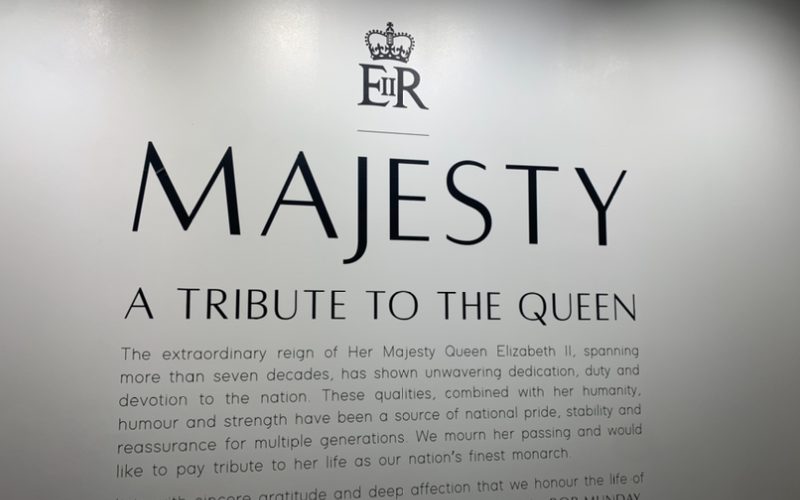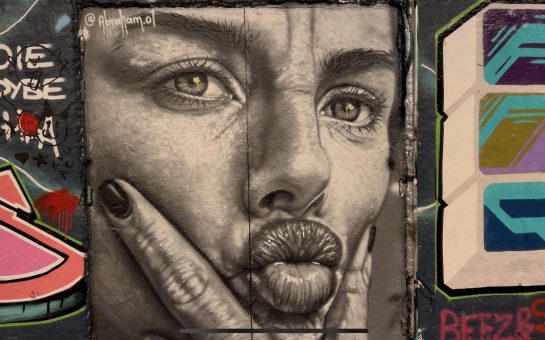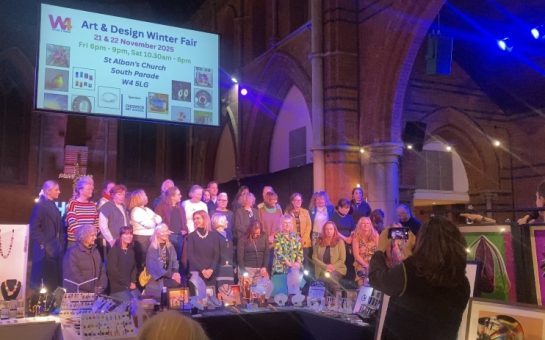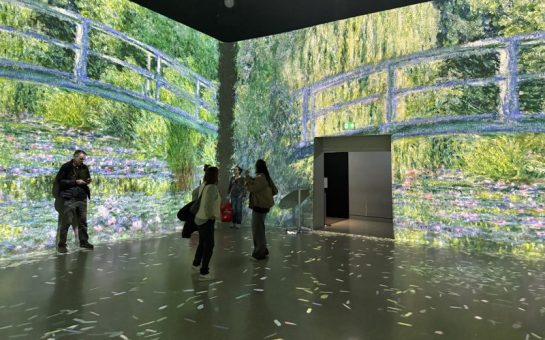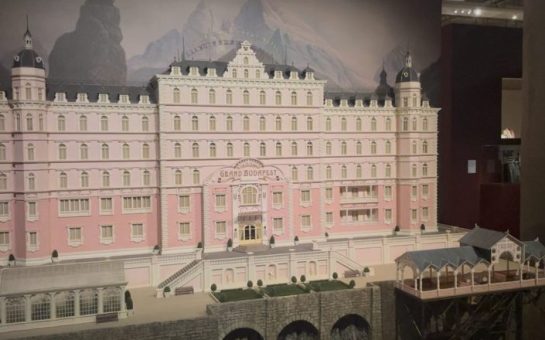Three royal artists are celebrating their portraits of the Queen at the Quantus Gallery Tribute until 12 October.
Quantus Gallery’s exhibition Majesty reveals Rob Munday’s three holographic portraits of the Queen Felicity, Equanimity and In The Blink Of An Eye, and Frances Segelman’s busts of the Duke of Edinburgh, Queen Elizabeth II and King Charles III, and Christian Furr’s Portrait of The Queen and his three Diamond Dust Queen portraits.
Furr explained how the artists had met prior to the exhibition opening, and himself and Rob are old friends.
He described how the three reflected on their memories of the Queen, which triggered memories for them all, as they discovered commonalities in their experiences with her.
He said: “When you hear stories about the Queen, it was normal for her to be totally understanding and accommodating for people’s needs.”
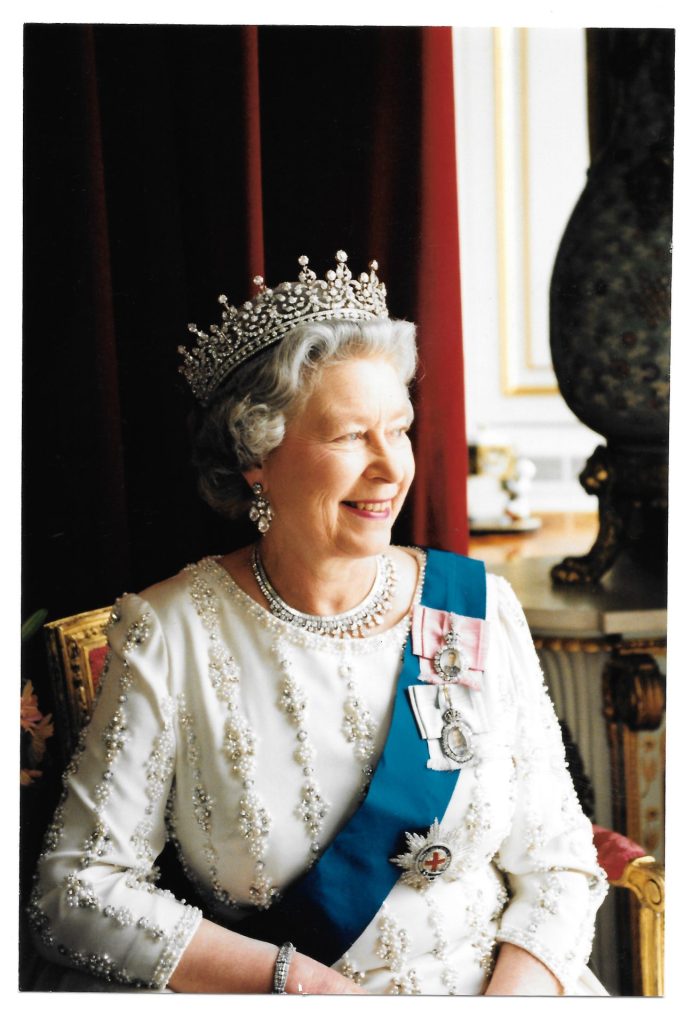
The image used for the Diamond Dust Queen portraits was taken during the sittings for his 1995 portrait, captured at a moment when Furr made the Queen laugh with an inappropriate joke.
This makes the image very personal to Furr.
He said: “It’s an ebullient, off-guard image. The diamond dust pushes the image back, acting like a veil, so it gives it a mystery. It means you have to work to find the image, to then discover the informality of it.
“That’s what I like about it: it is a personal memory from a very intimate moment with her and it’s something that I wanted to celebrate in a series of portraits.”
He added: “The pink colour celebrates the Queen as an icon of female confidence.”
The Queen as an icon of female confidence was also acknowledged by Segelman, as she described how the Queen was her role model.
She said: “I had this collection of pictures of her on my mantlepiece in my bedroom and I would look at them anytime things were going a bit strange, and I would think about her and how strong she is.
“It’s so awful that she’s died, I have to throw the pictures away. The news of her death was absolutely heart-breaking. I had met her numerous times apart from the sitting and I feel like we all loved her as if she were part of our families.
“That’s why it’s been so nice doing this exhibition because it’s given us something to work on as otherwise it would have been so abrupt.
“To be able to sculpt the Queen was just my dream. It’s one of those dreams you put down on a list and you’re not quite sure you’ll ever get there.”
Segelman, born into an artistic family with a music-composing father and sculptor mother, loved art from the very beginning and admits to sleeping through all her other subjects at school.
She started sculpting when she moved to London with her husband and two children and never stopped, and now her daughter is following in her footsteps in sharing a love for art and painting.
While Segelman added the tiara on for the exhibition, the bust of the Queen was initially sculpted without a tiara, as the Queen wanted to match the informality of the Duke of Edinburgh’s bust where he was dressed only in a shirt and tie.
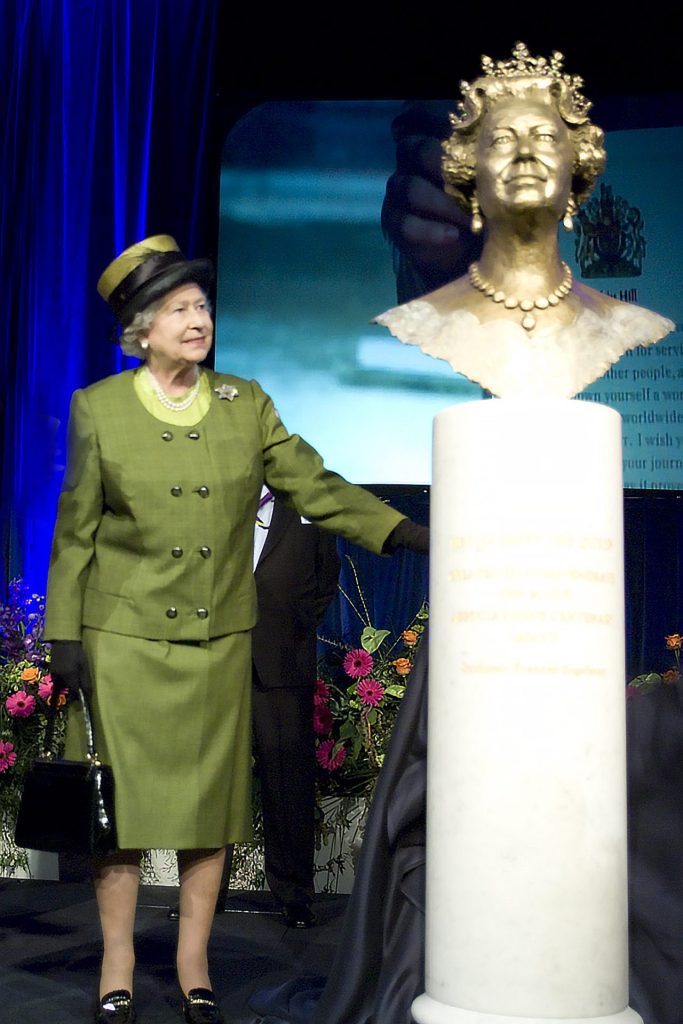
Segelman, a self-taught sculptor, explained: “I am self taught so each project was an epic journey because I was learning as I was going along.
“I had to learn from my mistakes, and when I started teaching later in a local art centre, it actually helped me to get better and better at my work.”
Her work includes sculptures of multiple members of The Royal Family, Sir Simon Rattle, Boris Johnson, a sculpture for the Leeds Football Club stadium and many others.
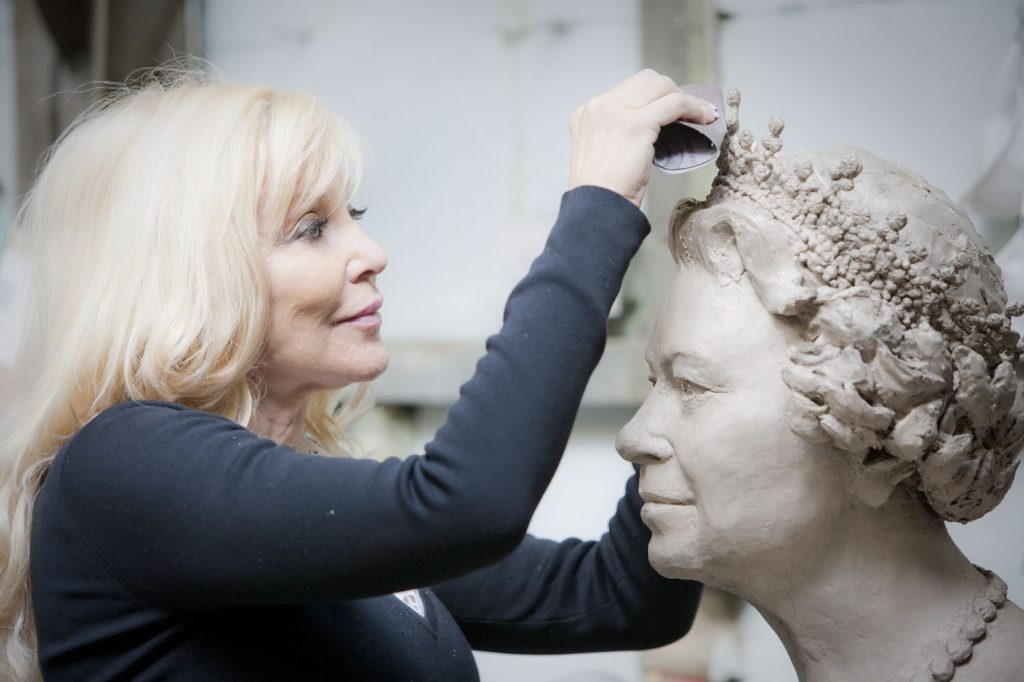
Another commonality that arose in discussion with the Royal artists was that the exhibition also allowed them to reminisce on their artistic careers.
Munday described how his portraits of the Queen also represented how personally meaningful his career has been.
He became infatuated with holographic art when it was very new, and has been part of ground-breaking developments in the medium throughout his career.
He set up the first holographic portrait studio in the UK at the Royal College of Art in the 80s when he bought his own holographic camera.
Munday explained: “I was very lucky. Every penny I earnt I saved, and after six years I could afford to buy one of these lasers. To have been in the medium of a passion of your choice from almost its earliest days to the ultimate is unbelievable.”
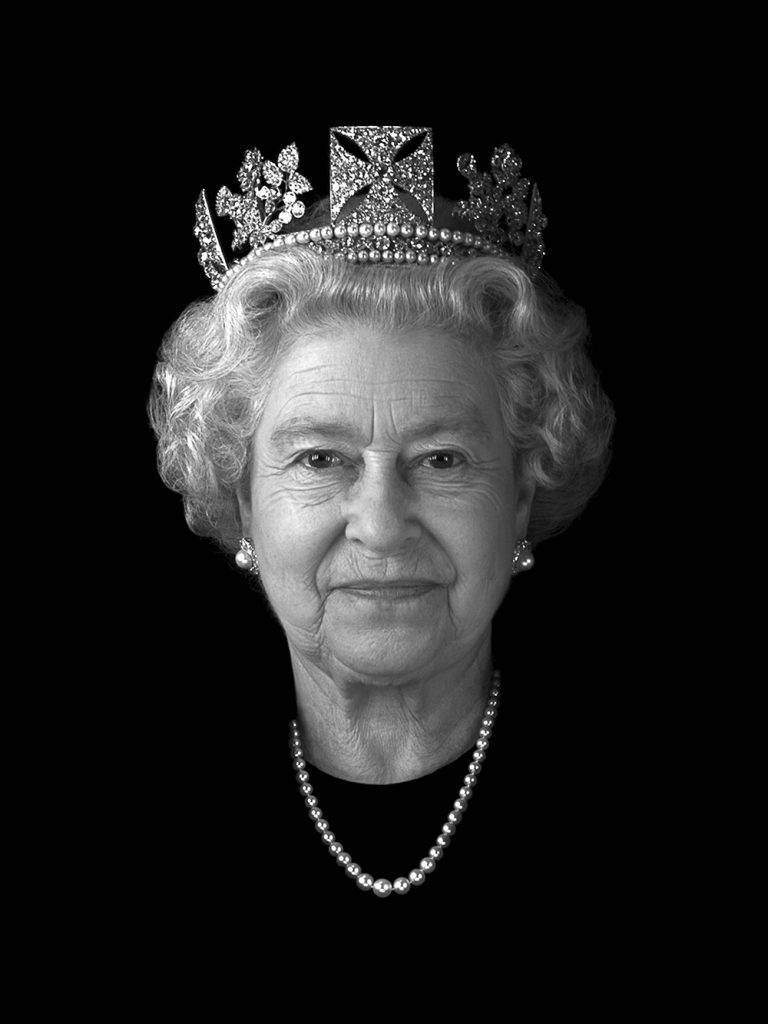
When Munday was commissioned to do the portrait of the Queen, he was taken aback.
He added: “They took a huge risk because holographics were such an unknown thing.”
For his portrait of the Queen he had to design and build a whole new camera system for it in only six weeks, and admitted to not even being sure whether it would work when he first went to the palace for the sitting.
Just as the Queen brought people from all over the world together when on the throne, in her passing she has brought these royal artists together to reminisce on their shared memories of her and of their own art careers.
Feature image: courtesy of Christian Furr/Bridgeman Images 2022 (copyright)
